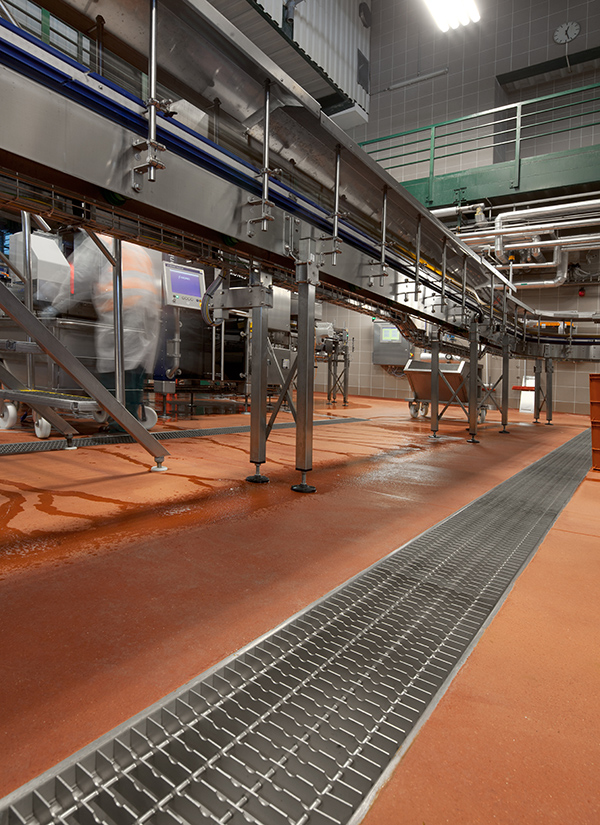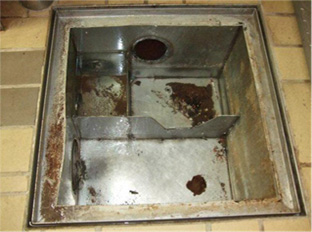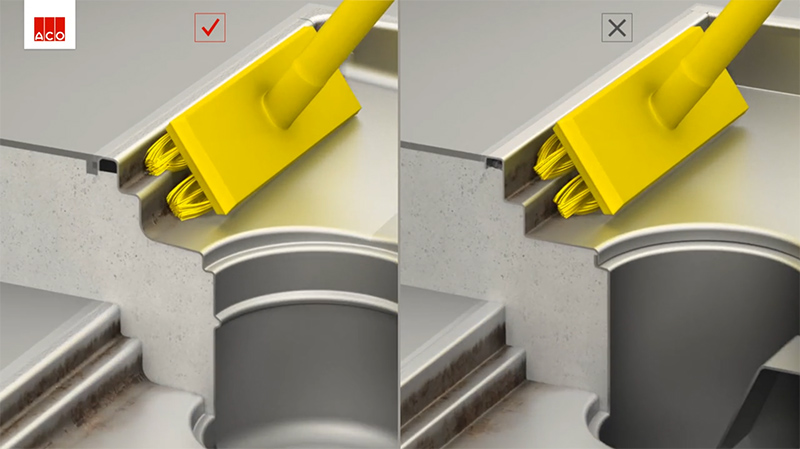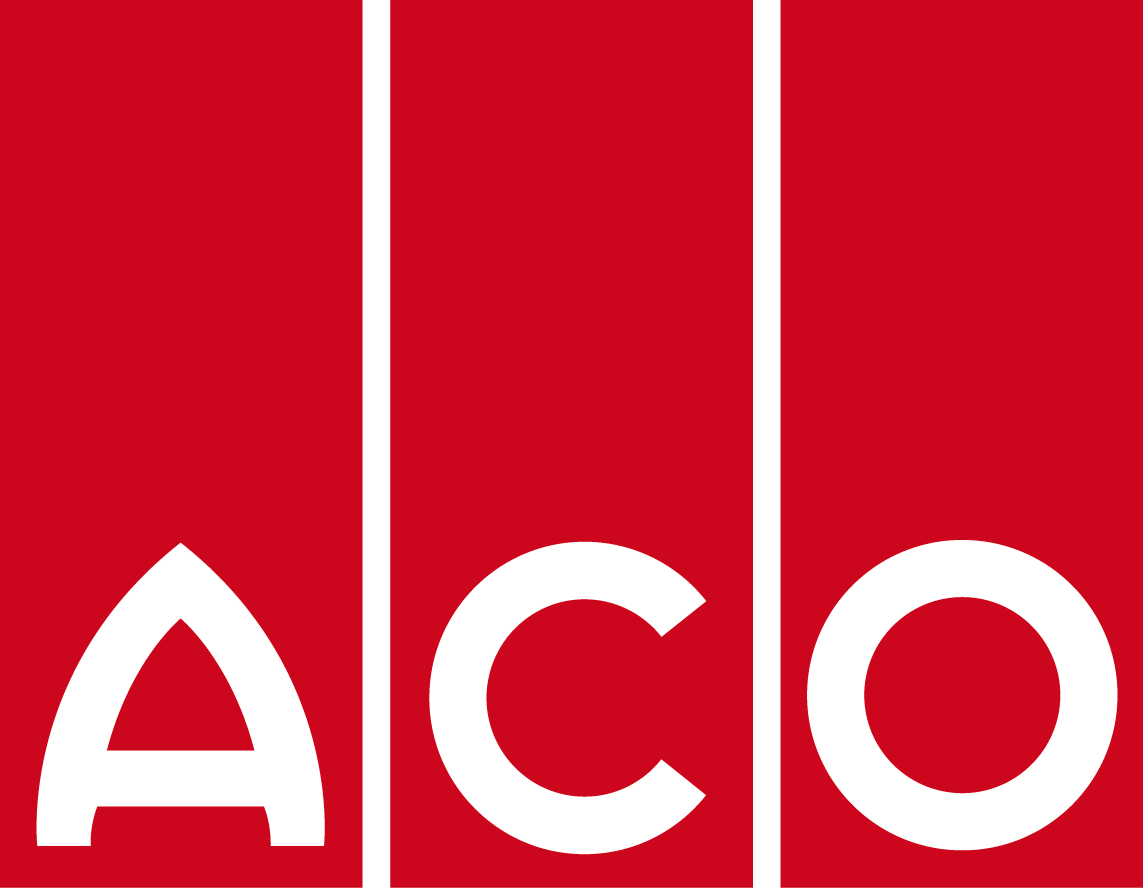Hygienic drainage design promotes food safety
Behind that seemingly clean food preparation environment lays a potential hygiene risk harbouring bacteria that puts consumers at risk of food contamination.
Food safety ultimately is about ensuring that the food we eat is free from contamination. To minimise that risk, our food preparation areas must be as clean as possible to prevent them from becoming breeding grounds for pathogens such as listeria and salmonella and to limit the spread into other areas of the business.
In a bakery, restaurant or food processing plant, the possibility for bacteria to grow exists everywhere from tea towels, utensils, appliances to the floor. The consequence for the consumer can extend to food poisoning, allergies and severe illness – with potentially deadly outcomes.

With an increased demand for fresh, ready to eat food and specific dietary and allergen requirements, the pressure is on for food manufacturers to provide safe products.
Every food production and retail facility should understand the need for hygienic practices, identify potential hygiene weaknesses and have a HACCP plan in place. HACCP, Hazard Analysis and Critical Control Points is a process designed to mitigate risk and ensure the highest level of cleanliness for maximum food safety.
But, how do drainage systems contribute to hygienic practice?

Once the benchtops, appliances, equipment, cupboards and walls have been cleaned, what then? More often than not, cleaning water and products are swept or washed down into the drainage system via a grate and into the floor gully – out of sight, out of mind. But does the grate and drain system get thoroughly cleaned?
With many drainage systems, the design of the grate, floor gully and drainage channel makes it difficult to clean thoroughly, creating sites for potential bacteria growth that can spread via foot traffic or washdown spray.
ACO, leaders in drainage design, have made a strong commitment to hygienic drainage systems.
Under the HygieneFirst philosophy, ACO’s grates, gullies and channels are designed for superior performance, safety and ‘cleanability’ to ensure products are completely cleanable to achieve the greatest possible hygiene levels for food production and retail facilities.
Kate Jennings, product manager, ACO Australia says, “The drains primary objective is to remove wastewater, be easily cleaned and subsequently be kept clean. If drainage is designed and installed correctly, it will reduce the bacteria that can harbour in joins, corners or crevices that occur with poor designs, thereby reducing the overall risk of contamination and food spoilage.”
Some of the key elements in the ACO design are:
- No joins or crevices where bacteria can build up
- No sharp corners which can be difficult for brooms, mops and cleaning fluids to adequately reach and clean
- Drainable design to ensure there is no residual contaminated wastewater to pool and stagnate.

Made of stainless steel for corrosion resistance and easy cleaning, ACOs grates, floor gullies and channels are constructed to give round edges for safe and easy handling and smooth contours that won’t trap contaminants. Moreover, the grates are slip resistant to minimise the risk of injury in the workplace.
ACO recommends a cleaning procedure for their stainless steel channels, drains and floor gullies:
- Clear away any excess material sitting on top of the grate
- Remove the grate
- Remove strainer basket and any traps
- Give the grate, trap and strainer a rinse
- Apply the cleaning foam (or cleaning fluid) on all components
- Leave it to soak
- Scrub if needed
- Rinse
- Check for any visual signs of build-up and clean it again if needed
- Return the trap, strainer and grate to its correct position
- One final rinse.
The level and frequency of cleaning is determined for the most part by the room’s hygienic risk profile. For example, in areas where food preparation is carried out for ready to eat meals, the moisture level of the food is higher and therefore more likely to encourage bacteria growth in poorly maintained environments.
“Assessing the risk with HACCP will determine the frequency and depth of the clean,” says Kate. “Regular maintenance and inspection is often overlooked and must be part of the overall cleaning procedure for the floor and drainage system to ensure a safe food preparation environment.”






